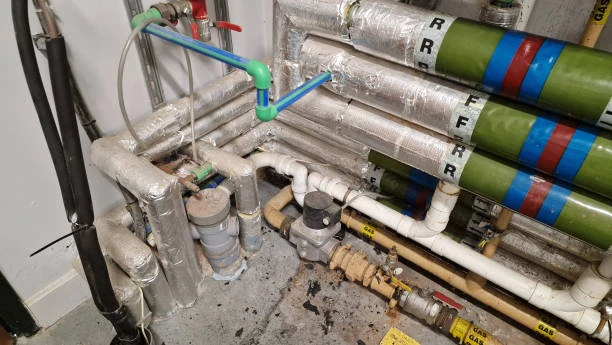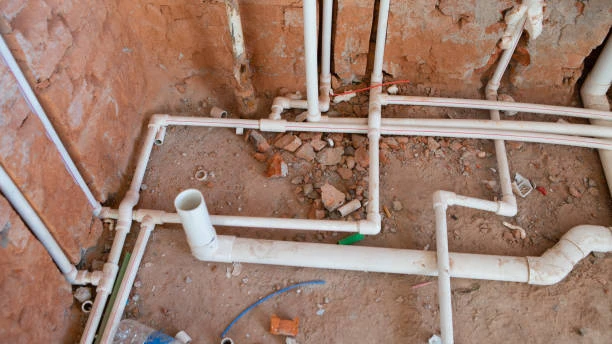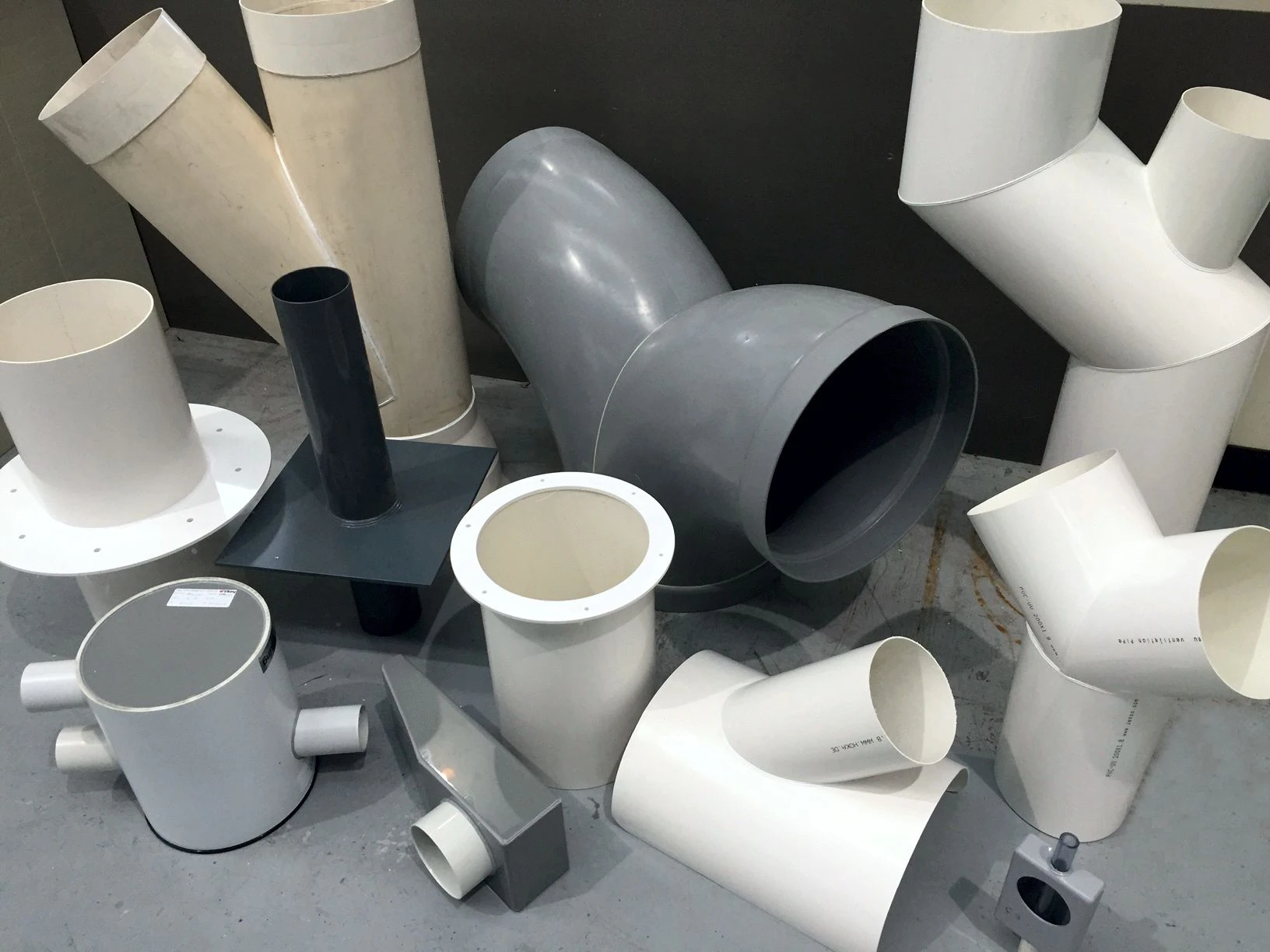The tank ball valve market is experiencing significant growth, driven by increasing demand for efficient fluid control systems across various industries. This comprehensive analysis explores growth trends, key players, and industry forecasts for tank ball valves through 2031. With their versatility and durability, ball valves have become essential components in applications ranging from oil and gas to water treatment and chemical processing.
What Are Tank Ball Valves?
Tank ball valves are high-performance valves designed to regulate the flow of liquids or gases in storage tanks and industrial pipelines. Their spherical design ensures a reliable seal, providing leak-proof operation even under high pressure.
Key Features of Tank Ball Valves:
- Leak Prevention: The tight shut-off mechanism ensures no fluid escapes when closed.
- Durability: Built with robust materials, these valves can withstand harsh operating conditions.
- Versatility: Suitable for a variety of fluids, including water, oil, chemicals, and gas.
- Ease of Operation: Simple to open and close, minimizing maintenance requirements.
Growth Trends in the Tank Ball Valve Market
The global tank ball valve market is projected to grow at a compound annual growth rate (CAGR) of 6.5% from 2023 to 2031. This growth is fueled by expanding industrialization and increased investments in infrastructure development.
1. Rising Demand in Key Sectors
Industries such as oil and gas, chemical processing, and water treatment drive demand for tank ball valves. These valves are essential for ensuring safety and efficiency in critical fluid control systems.
2. Adoption of Smart Technologies
The integration of smart sensors and automation in ball valves is revolutionizing the market. Smart ball valves enable real-time monitoring and remote control, enhancing operational efficiency.
3. Sustainability Initiatives
Governments and industries are prioritizing eco-friendly systems, increasing demand for valves that minimize energy loss and reduce emissions. Tank ball valves contribute to sustainability by offering efficient and leak-proof operation.
4. Growth in Emerging Markets
Emerging economies in Asia-Pacific, Africa, and South America are investing heavily in industrial and infrastructure projects, boosting demand for tank ball valves.

Key Players in the Tank Ball Valve Market
Several manufacturers dominate the global tank ball valve market, offering innovative solutions tailored to various applications.
Leading Companies:
- Emerson Electric Co.
Renowned for its advanced ball valves with smart features for industrial automation. - Flowserve Corporation
A key player in providing durable and efficient ball valves for oil and gas applications. - Crane Co.
Specializes in precision-engineered ball valves for chemical processing and water treatment industries. - IMI Plc
Known for its high-performance tank ball valves, particularly in power generation and energy sectors. - KITZ Corporation
Offers a wide range of ball valves with a focus on sustainability and corrosion resistance.
Industry Forecasts to 2031
The tank ball valve market is set to grow significantly over the next decade, with notable advancements in technology and expanding applications across industries.
Key Predictions:
- Market Size Growth: The market is projected to exceed $15 billion by 2031, driven by rising demand for efficient fluid control solutions.
- Smart Valve Adoption: By 2031, over 30% of tank ball valves are expected to feature smart technologies for enhanced performance.
- Sustainability Focus: Eco-friendly materials and designs will dominate, meeting global environmental standards.
- Regional Growth: Asia-Pacific will lead market growth, followed by North America and Europe, as industrialization accelerates.
Benefits of Tank Ball Valves
1. Enhanced Safety
Tank ball valves ensure precise control over fluid flow, reducing the risk of leaks and accidents in industrial environments.
2. Cost Efficiency
Their durable construction minimizes maintenance and replacement costs, offering long-term operational savings.
3. Versatility
Suitable for a broad range of applications, from controlling water flow in storage tanks to managing hazardous chemicals in processing plants.
4. Operational Efficiency
Their simple mechanism enables quick opening and closing, enhancing productivity in industrial systems.
5. Environmental Compliance
By preventing leaks and emissions, tank ball valves contribute to meeting strict environmental regulations.
Challenges in the Tank Ball Valve Market
While the market outlook is positive, certain challenges persist:
1. High Initial Costs
Advanced ball valves with smart features can be expensive, potentially deterring small-scale industries.
2. Maintenance in Harsh Environments
Valves used in extreme conditions may require frequent inspections and repairs, increasing operational costs.
3. Material Limitations
Some materials used in ball valves may not withstand corrosive or high-temperature fluids, necessitating specialized solutions.
Manufacturers are addressing these challenges by developing cost-effective designs and using innovative materials to improve performance.
Conclusion
The tank ball valve market is poised for substantial growth, driven by technological advancements and increased demand across various industries. With their unmatched reliability, durability, and versatility, tank ball valves remain indispensable in modern fluid control systems.
Leading companies are focusing on innovation, sustainability, and smart technology integration to meet the evolving needs of the market. As the industry moves toward 2031, tank ball valves will play a crucial role in shaping the future of industrial automation and infrastructure development.
FAQs
1. What industries use tank ball valves most frequently?
Tank ball valves are commonly used in oil and gas, chemical processing, water treatment, and power generation industries.
2. How do smart ball valves enhance efficiency?
Smart ball valves feature sensors and automation, enabling real-time monitoring, remote control, and predictive maintenance.
3. What are the main materials used in tank ball valves?
Common materials include stainless steel, carbon steel, and specialized alloys designed to withstand high pressures and corrosive environments.
4. Why is the Asia-Pacific region leading market growth?
Rapid industrialization, infrastructure development, and increasing investments in energy and water projects drive demand for tank ball valves in this region.
5. Are tank ball valves environmentally friendly?
Yes, their leak-proof design and efficient operation reduce emissions and energy loss, supporting sustainability efforts.


















